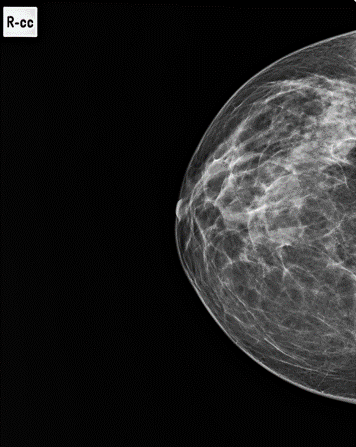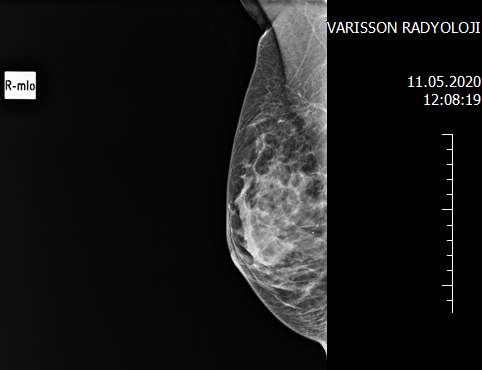What is mammography?
X-ray film taken on the breasts of women to detect breast cancer is called mammography. It is an imaging method used for breast cancer screening in women over the age of 40.
How is mammography done?
A mammography film is taken by gently compressing both breasts between the plates that will take the x-ray film. Each breast is taken from two different angles and a total of 4 separate mammography films are obtained. No special preparation is required for the procedure. However, doing it the week after the end of menstruation will reduce the sensitivity during compression of the breasts. There is no need to be hungry during the examination. Mammography is a very fast examination and filming takes seconds. Before the examination, the radiology technician helps to take the films optimally by making the appropriate preparation and giving the appropriate position.
Special considerations after mammography
There is no special issue to be considered after the mammography examination. Patients can return to their normal daily lives.
What is the purpose of mammography examination?
The main purpose of mammography is to detect breast cancer early. Small millimetric calcifications in the breast tissue may be an early sign of breast cancer. However, not all calcifications mean cancer. Any abnormality detected on mammography should also be supported by breast ultrasound.
Is there radiation in mammography?
Mammography is an examination that works with x-rays and therefore includes radiation. However, the radiation dose is low. It is applied once a year to all women over the age of 40 in line with the benefit-harm analysis all over the world. Many leading organizations in the world, such as the World Health Organization, the American Cancer Society, etc., recommend mammography to all women with FDA-approved devices.
Is mammography sufficient to detect breast cancer?
Sometimes mammography alone is not enough to detect breast cancer. For this reason, it is often used together with breast ultrasound all over the world.



